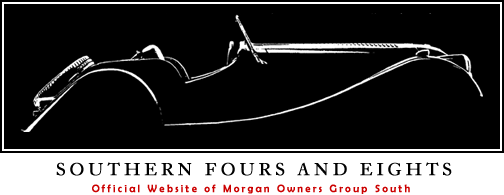Most vehicle repair shops are encountering a lot of fuel-line-related issues since the introduction of ethanol into America’s pump gas. Because of ethanol’s effects on rubber, plastic and metals, they are finding themselves spending a lot more time fixing fuel delivery systems than they did in the days of leaded gas and carburetors.

Neoprene fuel line.
Shops that perform these fuel system repairs are faced with the fact that there are now many possible types of fuel line that are necessary to make a proper, safe and durable repair. The few rolls of neoprene fuel line or steel tubing that used to hang on the wall are now only part of the varied products needed to perform these repairs. New sizes, new materials, new attachment fittings and new manufacturer’s O.E. recommendations have caused many shops to expand their inventories of fuel line products to meet market demands.
So, we offer this guide to the backyard mechanic as a reference for selecting the right products to purchase and keep in your own garage for the specific repairs you may find necessary. While plain neoprene fuel line will still work for many applications, these other products are designed to meet specific needs.
Standard neoprene fuel hose can be used for fuel, PCV and EEC systems on all vehicles where working pressures are under 50 psi or vacuum ratings are under 24-in. Hg for 7/16-inch and smaller inside-diameter sizes (10-in. Hg for ½-inch diameter hose). Fuel line is a petroleum-resistant nitrile tube with a covering that resists weathering, ozone and heat and can be used for ethanol-laced fuels and diesel fuel. It should, however, not be used on coolant systems, oil systems or fuel-injection systems that produce pressures higher than 50 psi. SAE ratings displayed on the hose should be 30R6 or 30R7.
Neoprene fuel line is available in 1/8-inch through 5/8-inch sizes on bulk rolls, with additional 3-foot sections of large 1-1/2-inch through 2-1/4-inch sizes available for gas filler neck applications. Neoprene with an outer steel braiding is also offered for custom applications; however, it is difficult to clamp with a standard worm gear clamp. Special AN-type fittings are often necessary with steel-braided fuel line.
When a bent filler neck hose is necessary, wire-inserted fuel hose is also offered. It bears the SAE 30R5 rating and can withstand temperatures of -40 to 212 degrees. Working pressure is not relevant, but wire-inserted hose can withstand 50-85 psi, depending on diameter.
High-pressure fuel hose for clamp-type fuel-injection systems is also available. This fuel hose is SAE 30R9-rated and uses a fluoro elastomer inner liner that will withstand up to 180 psi and 300 degrees. It is approved for all fuel blends including straight methanol, and the outer coating is also ozone- and abrasion-resistant. High-pressure fuel-injection hose can also be used in low-pressure applications, but the difference in pricing may convince you to save it for where it is needed.

Nylon fuel line.
Many late-model production cars are now using hard, black nylon tubing with special connectors to attach fuel-feed lines to the gas tank sending unit/fuel pump modules. This gas-resistant nylon tubing can be purchased by the foot or in short sections with the proper ends already attached to one end. Nylon tubing uses barbed fittings that are inserted into the tubing, and the connection is then heated to shrink the tubing around the fitting.
Marine fuel hose is a different product than standard fuel hose and has to be Coast Guard approved. Marine hose must have the SAE J1527 Style R1 rating emblazoned on the hose to pass as seaworthy. Marine hose is rated for 40 psi and will work in a pinch for carbureted passenger cars and light trucks.

Tygon fuel hose.
Small engines on your lawnmower, ATV or motorcycle use a gas-resistant vinyl tubing called Tygon. It is usually clear or transparent yellow in color and is preferred over the clear vinyl tubing you can purchase for your beer keg tap or for use as a wiring loom. Tygon is available in short sections or on a large roll and can be quite expensive, but it will outlast the standard vinyl by many years and does not turn brown and brittle after extended use, as vinyl tubing often does.
Standard rubber vacuum or heater hose should never be used in fuel applications. The hose will deteriorate from the inside out and can plug fuel filters and carburetors with rubber debris, long before it springs an external leak.

Leave a Reply